Description
A Conspiracy of Images. Andy Warhol, Gerhard Richter, and the Art of the Cold War | Uma conspiração de imagens. Andy Warhol, Gerhard Richter e a Arte da Guerra Fria | Une conspiration d’Images. Andy Warhol, Gerhard Richter et l’Art de la Guerre Froide
Curley, John J.
Yale University Press, 2013
Capa dura com sobrecapa com ilustração editorial | Hardcover with pictorial illustrated dust-jacket | Couverture rigide reliée et jaquette éditeur illustrée.
296 páginas | pages. 22 x 27 x 2,8cm.
1ª Edição | 1ere edition | First edition.
ISBN-10 : 0300188439
ISBN-13 : 978-0300188431
Papel de alta qualidade | Papier d’haute qualité | High quality paper
Profusamente Ilustrado | Profusely Illustrated | Abondamment ilustre
Livro em muito bom estado | Book in very good + condition | Condition: très bon état.
Idioma | Language: Inglês | English | Anglais
PT
Em outubro de 1962, um conjunto de fotografias desfocadas de vigilância levou o mundo à beira do apocalipse nuclear durante a crise dos mísseis cubanos. As fotos em si demonstraram pouco, e legendas explicativas foram necessárias para identificar o perigo para o público. Nos meses seguintes, dois artistas com origens antitéticas chegaram a uma estética semelhante: Andy Warhol, que começou sua carreira como artista comercial na cidade de Nova York, voltou-se para a reprodução em serigrafia de fotografias violentas. Gerhard Richter, que começou como pintor mural na Dresden socialista, Alemanha Oriental, pintou versões desfocadas de fotos pessoais e dos mídia.
Em A Conspiracy of Images, o autor John J. Curley explora como as abordagens estéticas em desenvolvimento dos artistas foram informadas pela agência política e pela ambiguidade das imagens produzidas durante a Guerra Fria, particularmente aquelas disseminadas pelos meios de comunicação de massa em ambos os lados. Como a primeira consideração académica das condições visuais da Guerra Fria, A Conspiracy of Images fornece um modelo transatlântico novo e atraente para a história da arte da Guerra Fria.
“Chosen as a “recommended read””
Espionart (an art and the Cold War blog)
“Curley’s thoughtful and carefully researched book promotes Warhol and Richter to positions of cultural centrality, thereby deepening our understanding not only of their work but of their perilous times—and ours.”
Richard Kalina, Art in America
ENG
In October 1962, a set of blurred surveillance photographs brought the world to the brink of nuclear apocalypse during the Cuban missile crisis. The pictures themselves demonstrated little, and explanatory captions were necessary to identify the danger for the public. In the following months, two artists with antithetical backgrounds arrived at a similar aesthetic: Andy Warhol, who began his career as a commercial artist in New York City, turned to the silkscreened replication of violent photographs. Gerhard Richter, who began as a mural painter in socialist Dresden, East Germany, painted blurred versions of personal and media photographs.
In A Conspiracy of Images, author John J. Curley explores how the artists’ developing aesthetic approaches were informed by the political agency and ambiguity of images produced during the Cold War, particularly those disseminated by the mass media on both sides. As the first scholarly consideration of the visual conditions of the Cold War, A Conspiracy of Images provides a new and compelling transatlantic model for Cold War art history.
“Chosen as a “recommended read””
Espionart (an art and the Cold War blog)
“Curley’s thoughtful and carefully researched book promotes Warhol and Richter to positions of cultural centrality, thereby deepening our understanding not only of their work but of their perilous times—and ours.”
Richard Kalina, Art in America


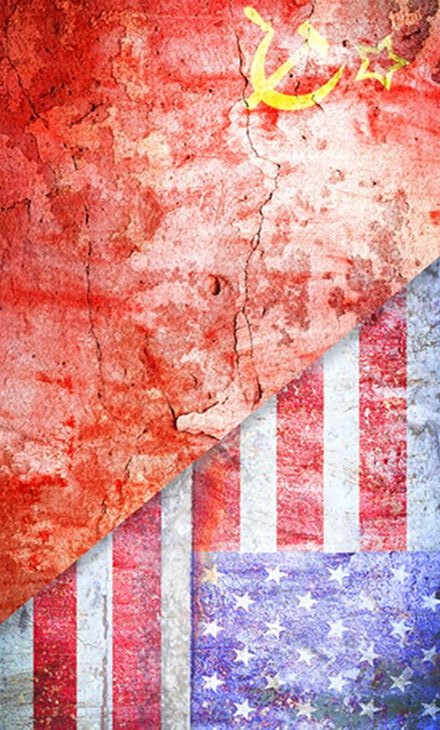
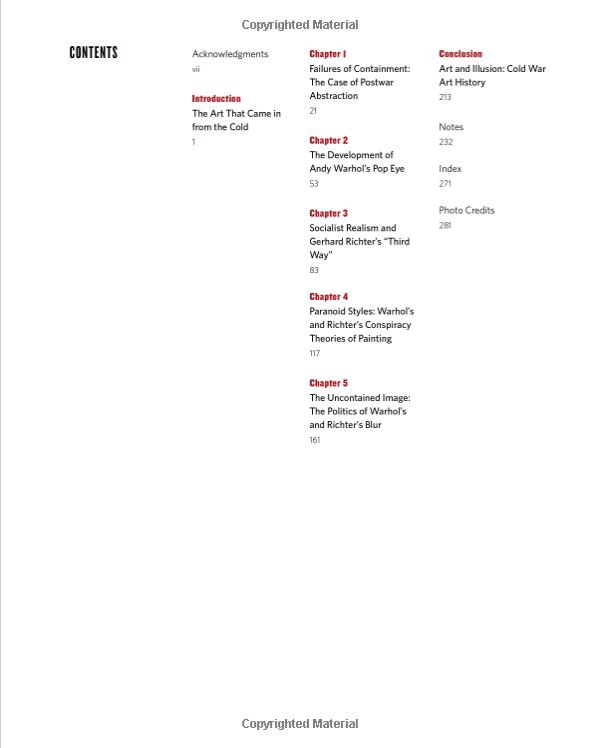
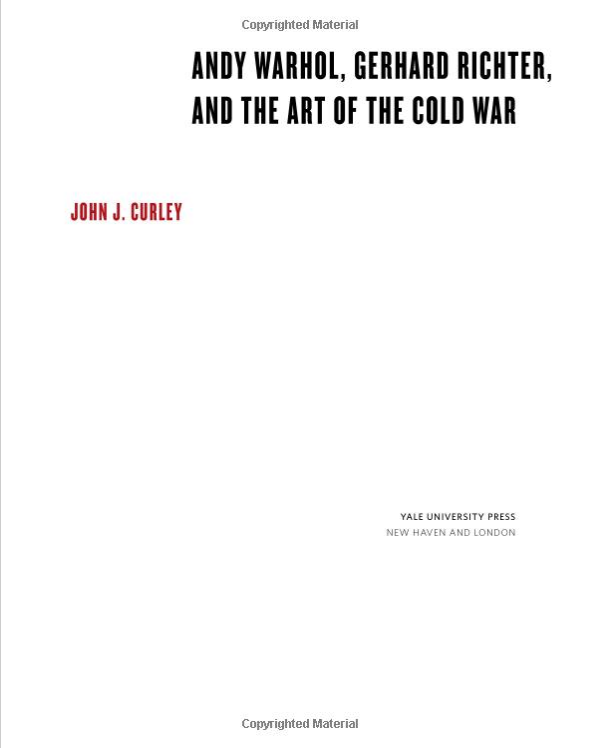
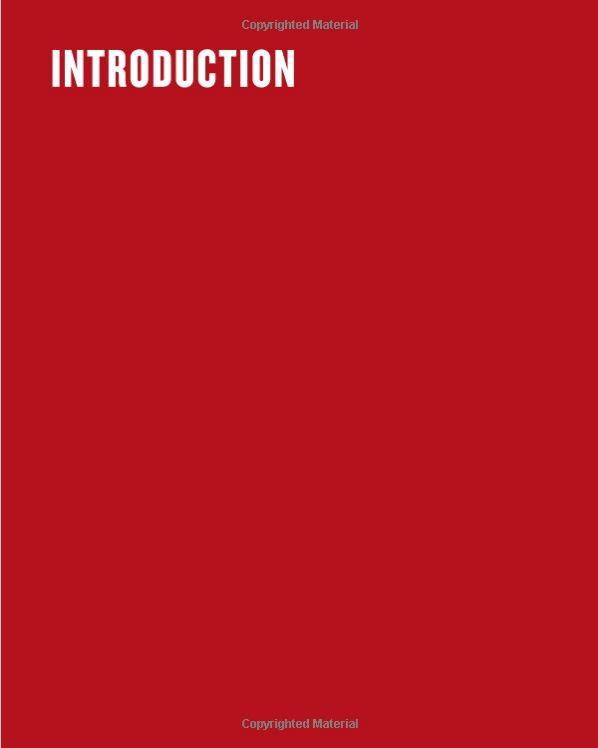
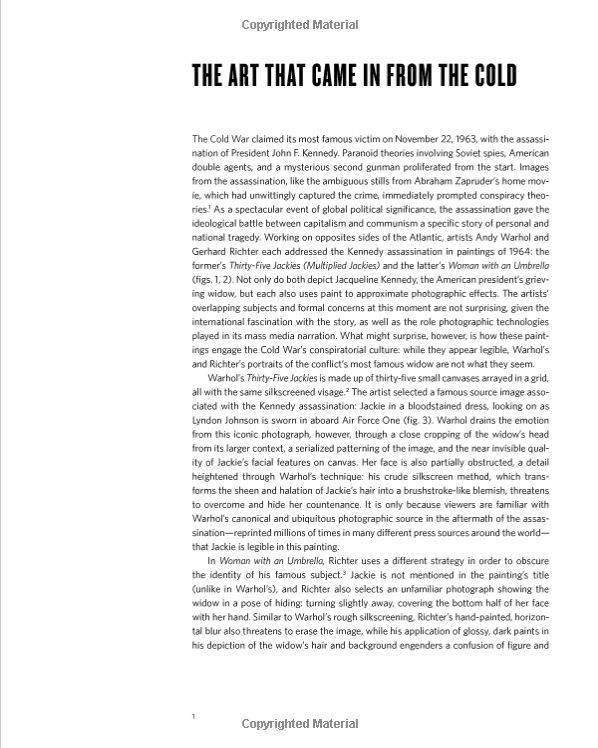
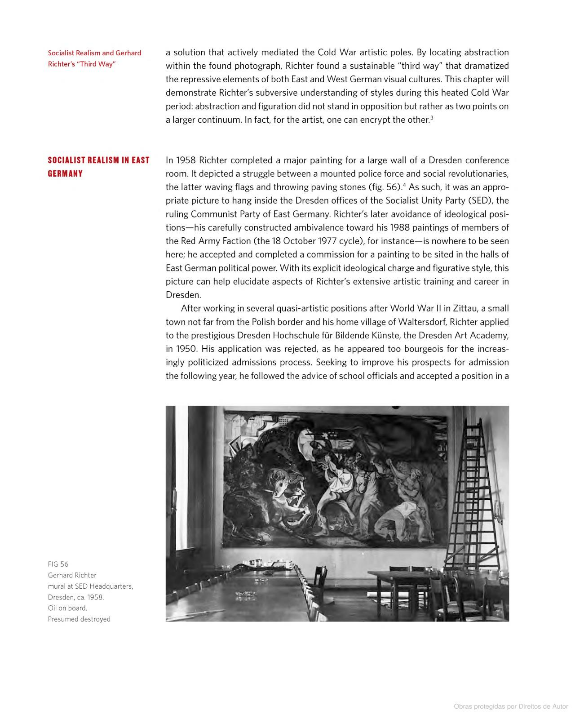




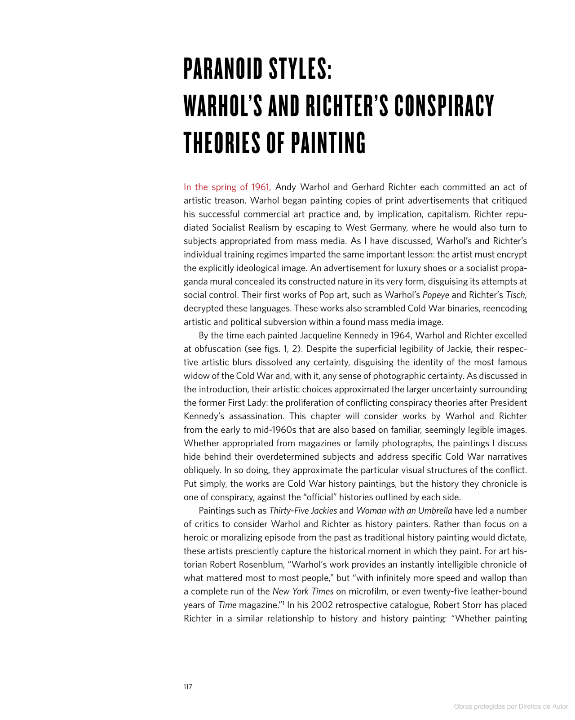
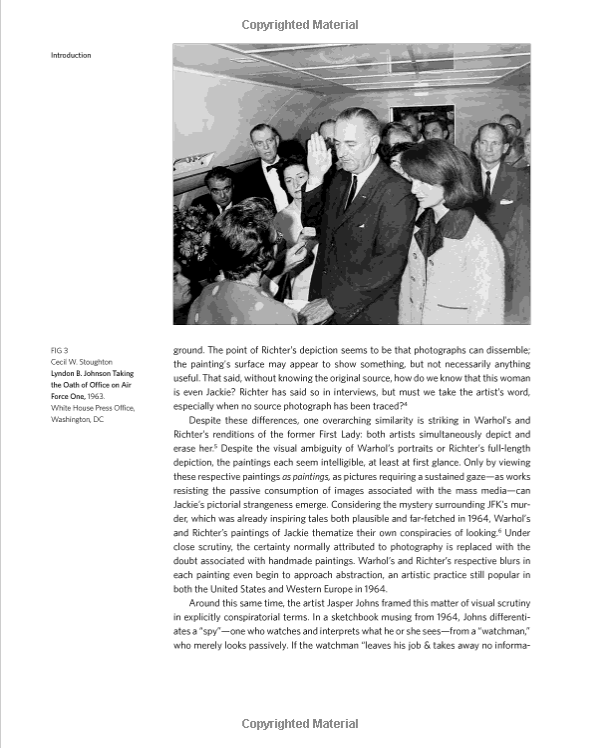

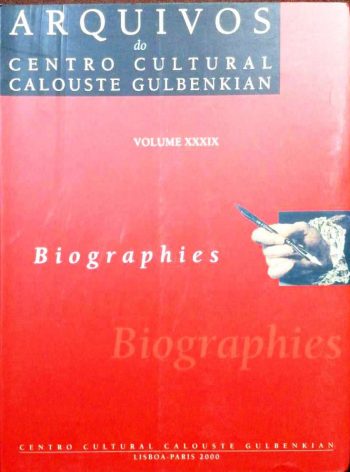


Reviews
There are no reviews yet.